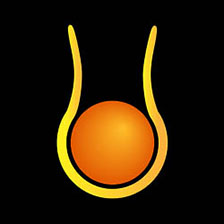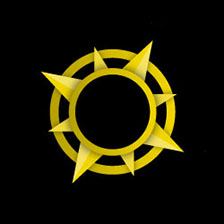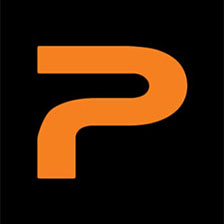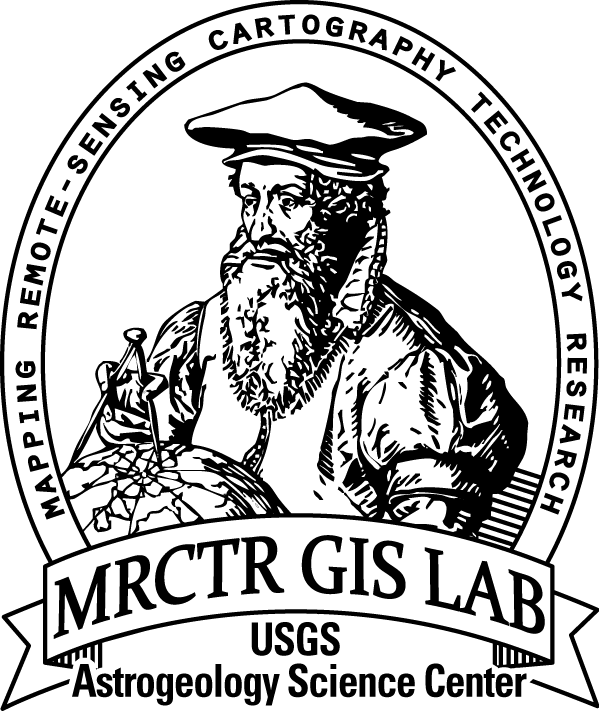Sol 17 Update on Curiosity from USGS Scientist Ken Herkenhoff: Mastcam Mischief
23 August 2012More cheers today when the rover planners (drivers) reported that the first MSL drive went perfectly. It wouldn't be much of a rover mission if we couldn't drive, so this was very good news. I feel extremely fortunate to be involved in yet another successful Mars rover mission--we are now 4 for 4 (Sojourner, Spirit, Opportunity, and Curiosity), with 2 rovers still active. Wow.
I spent most of the day continuing to work Mastcam characterization sequences into the near-term plan. In addition to the daily tactical work, many people are focused on planning what the rover will do for the next week or so. I've been representing the Mastcam team's interests in these strategic planning discussions and meetings, and despite numerous constraints and evolving scientific goals, it has been going fairly well. But it struck me today that it is a bit strange that I have been so focused on Mastcam. To explain, I must first summarize how I got involved in the first place: In 2004, many teams of scientists were preparing proposals in response to NASA's announcement of an opportunity to develop, test and operate instruments for the MSL mission. I was invited to join some of these teams, and was included as a Co-Investigator on the ChemCam, MARDI (descent imager) and MAHLI (hand-lens imager) proposals, but not on the Mastcam proposal. The MARDI, MAHLI and Mastcam proposals were all submitted by Malin Space Science Systems (MSSS), a small company in San Diego specializing in building cameras to be flown on spacecraft. The company was founded by Mike Malin after he was awarded a MacArthur Fellowship ("genius grant") in 1987. Each of the proposals included a clause stating that if all 3 were selected, MSSS would give NASA a 30% discount. Apparently NASA couldn't pass that up, and all 3 cameras were selected to fly on MSL. In addition to consolidating the design and test efforts at MSSS, the 3 science teams were merged into one big team. So I became a member of the Mastcam team, along with the other Co-Is on the MARDI and MAHLI science teams. But I always expected to focus on MAHLI and MARDI, having put more effort into the development of those cameras. While I didn't foresee my recent heavy involvement in Mastcam planning, I was happy to contribute to the team effort. I recognized the importance of getting the Mastcam characterization data needed to improve the quality of the images as soon as possible, and jumped right in. Hopefully this effort will pay off--we expect the first results of the focus and stereo tests tomorrow morning.
Ken










